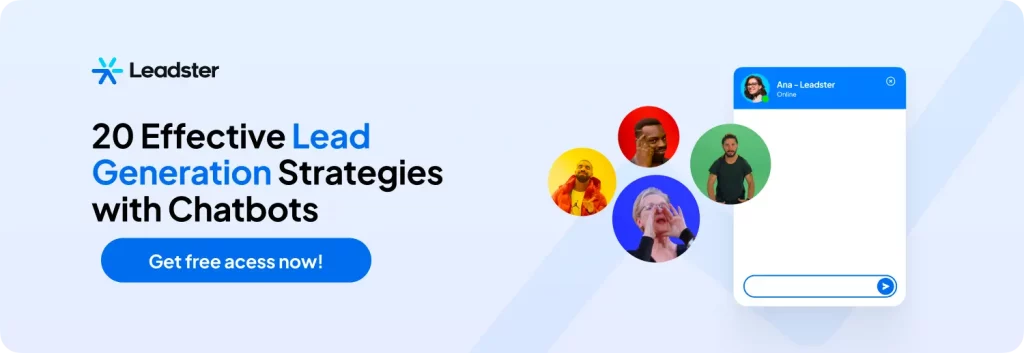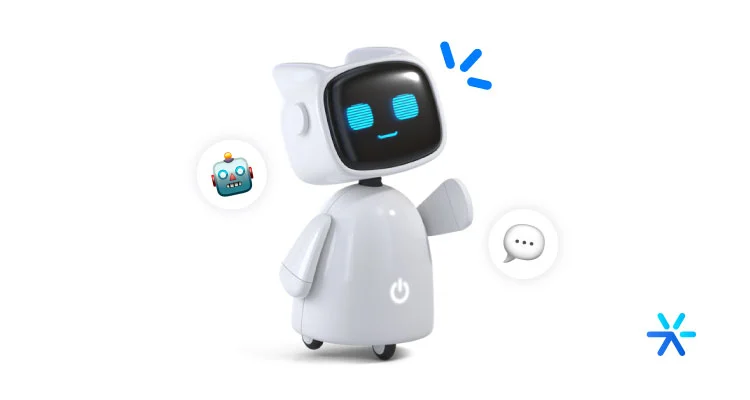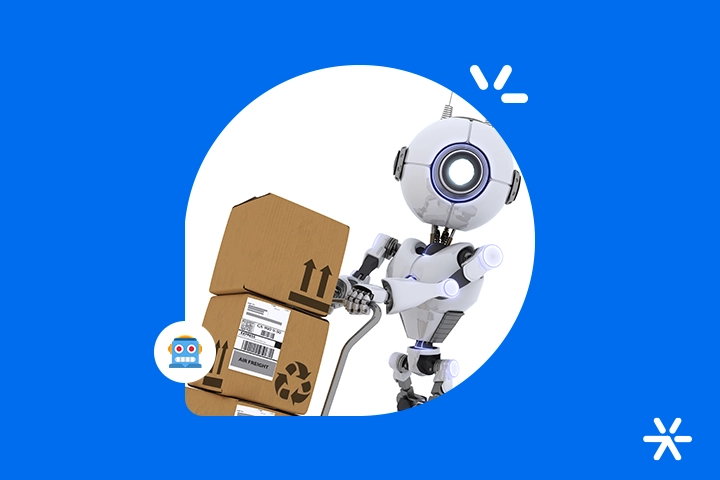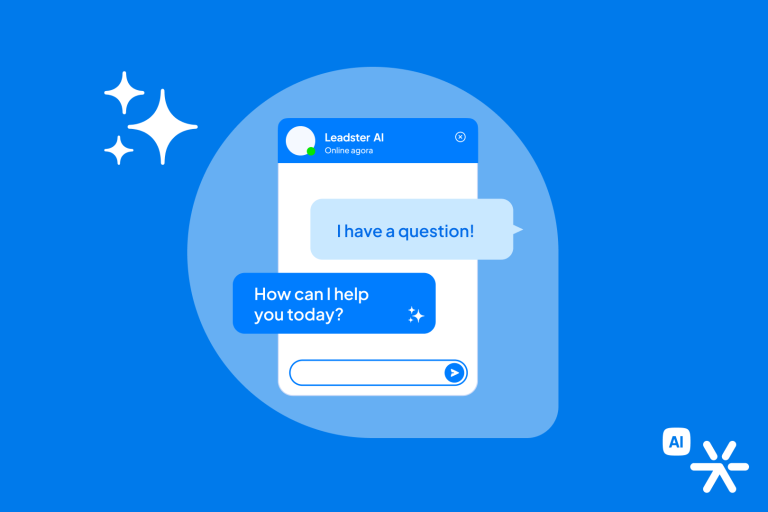How to Conduct AI Research?
Conducting AI research was one of the earliest topics when ChatGPT was introduced to the public.
And it took many different forms. People were discussing the possibility of scanning specific databases, creating those databases, and using AIs to help search for specific terms, etc.
Of course, advertising research has also always been a major concern in the early days of AI. What tasks can be automated when trying to learn about a particular subject?
This is essential to accelerate content production routines, for example, which require a considerable amount of research.
But now it’s 2025, and the question arises: what has truly materialized? Is doing research with AI really viable? And what types of research already exist?
That’s what we’re going to discuss in today’s article. Shall we?
Ways to Conduct AI-Powered Research in 2025
AI-driven research already exists today in several different forms.
Before diving into the more advanced section about advertising research for content production, we need to understand AI’s broader capabilities.
By the way, we’ve already created some quite comprehensive articles on this topic. You can access them below:
➡️ What to Expect from Artificial Intelligence in 2025?
➡️ Artificial Intelligence in Digital Marketing – 30 Examples
➡️ Client Acquisition with Artificial Intelligence – Step by Step
➡️ How to Use Artificial Intelligence in Each Segment
The point is that we must first contextualize the ways to actually conduct AI research because we’ll refer back to these research methods throughout this article.
For example, academic research with AI isn’t the same as advertising research. But advertising research can leverage academic research resources.
Understanding everything that can be researched with AI assistance, and what can be automated within those research types, is fundamental to content production.
Below, we discuss the various types of research AI enables in 2025. Let’s go:
Training AI with Your Own Data
First, let’s demystify one of AI’s most interesting (and complex) uses: RAG (Retrieval-Augmented Generation).
Today’s popular AIs work like this: they rely on a large database and use it as context for generating responses.
They operate via three key points: user prompt, database, and the response generation process, which uses a probabilistic model—thanks to natural language processing.
But what if you could replace those AI databases with your own information?
With RAG, that’s entirely possible—though quite complex to perfect.
You can already start testing RAG platforms today. One such tool is Nvidia ChatRTX.
This platform lets you add your own database to an AI in a relatively simple, low-code or even no-code fashion.
It’s also possible to do this directly in ChatGPT, but that’s more complicated.
Later in this article, we include a quick tutorial on how to set this up in ChatGPT. You’ll need at least one specialized AI developer, but it’s far from overly complex.
Researching Academic Databases with AI
Using RAG, you can basically conduct any research you want—provided you have the target databases saved as documents to feed the AI.
But for those without much AI development experience—remember, it’s learnable—simpler tools are preferable.
One such approach is using ChatGPT plugins that connect to academic databases. Not installed plugins per se, but versions of ChatGPT already integrated with academic sources.
A notable example is SciSpace. Essentially ChatGPT with an academic plugin. There are links to:
➡️ The official site
➡️ The ChatGPT plugin
Another interesting AI is Scite, which is more hands-on. It allows you to create a list of articles and use them for research and citations. It’s not so Q&A focused, but functions well as a content aggregator based on your topic.
Several other academic research-focused AIs exist, each with specific features tailored to different needs.
It’s essential to keep experimenting until you find the one that best suits your workflow.
AI That Builds Company Databases
This is one of the more challenging use cases.
The idea is to build a company-specific ChatGPT that can answer both complex and simple queries. For instance: “Which teams hit targets this quarter?” or “Who are Daniela’s team members?”
This kind of AI is far more like an Enterprise Search Service (ESS) than RAG.
RAG uses your database to fuel a generative response, which can sometimes be imperfect.
In a business context, information needs to be 100% accurate—otherwise, the AI loses credibility.
Currently, Amazon Kendra is the closest option for this use case, though it comes with a high cost.
AI That Uses Company Data to Assist Customers
This is where one of the biggest AI revolutions is happening: customer service automation, or AI assistants that support human agents.
Leadster’s ShopBot is a leading solution in e-commerce. It serves as a 24/7 customer service agent on your site, capable of answering questions about your products and categories.
For direct customer support or agent assistance, Zendesk is a top-tier solution in this space.
Advertising Research Using AI — How to Do It?
We’ve now covered the technical side of AI research: building databases, conducting academic research, querying company documents, and assisting customers.
But we haven’t touched the main point of this article yet: how to perform advertising research with a content marketing focus using AI.
This is crucial because it ties directly into how AI is leveraged in marketing content.
We’ve entered an era of production through AI, rather than with AI.
That means letting AI generate all your ideas and content. But the end result rarely impresses—and often disappoints.
So, in the next 5 steps, you’ll learn how to use AI to conduct research that enhances your content, rather than letting it drive the content entirely.
Let’s begin!
Step 1 — Topic Definition Is Human Work
Content marketing works with topics. For anything to be developed, it is necessary first to understand what that thing is.
The task of defining topics can be very simple or very complex, in addition to any other difficulties that lie between these two. It all depends on you.
The most important thing is not to use AI to decide what you will talk about or how. AI has no idea how your segment works, no matter how much it may seem to know.
Moreover, it doesn’t know your target audience within that segment either.
For example: you work in a B2B company that offers recycling services in Curitiba, PR.
AI doesn’t understand the recycling market well enough to deliver good and interesting topics for anyone in the segment. It will always deliver the same old basic content, which in competitive content marketing ends up impressing no one.
And besides not knowing the segment, it doesn’t know the specifics of that segment in Curitiba. It doesn’t know how collection works in the city, which companies provide the service, how the service is carried out, etc.
Do you know who has this information? People who work in the segment. The people who had the idea to start the company. The collectors, the drivers, the salespeople, etc.
Using AI to create content topics ignores the most basic principle of Inbound Marketing: the entire company must be involved in marketing.
Wasting experiences and expertise just to speed up the process by a day or two is not worth it.
Now let’s move on to the second step, with the topics already defined:

Step 2 — Conduct a General Research First
Once the topic is defined, you can start using AI for your research.
The key is to understand that these studies will rarely be highly specific, because specificity is the area where AI struggles most.
The ideal approach is to seek references, authors, and other pertinent content that aligns with your writing.
For example: if you’re researching how each type of waste is recycled and what it becomes after recycling.
The best move is to ask AI to generate a comprehensive list of references for each of these processes—not asking it to describe each process, copy, paste, and simply “edit.”
“Edit,” in quotes, because it’s rare to find content creators who properly review what AI generates.
Most AI-generated content isn’t even checked for readability. Paragraphs are overly long and filled with AI clichés that are easy to spot.
AI should be used more deeply than that: for understanding technical terms and addressing complex issues that truly impact users.
Step 3 — Identify Opportunities to Enrich the article
AI also offers another major application: the ability to include resources that would otherwise be cost-prohibitive.
Hold on—let’s not exaggerate; there’s nothing AI can do today that a human absolutely can’t.
But AI does open the door to easily create textual or visual assets that would be very expensive otherwise.
For instance, using examples is a classic case: every quality article explanation is accompanied by a fictional scenario, anecdote, or real data. It helps anchor and validate content, adding credibility.
The same applies to outlining pros and cons, for example.
AI can enrich the article by generating lists of hypothetical scenarios and examples.
Another use case: generating specific code for a purpose. Content creators working for SaaS or tech companies, for example, don’t need to know how to code to provide code.
A social media post explaining how to implement a simple SEO tweak on a site can be built using AI that understands the context and supplies the code.
Step 4 — Clarify More Complex Points
Producing content online is complex—and, depending on the client, sometimes highly nuanced.
Even specialists struggle to explain concepts they’ve known for years. Not everyone has innate clarity skills.
AI can support this quest for clarity—delivering explanations, examples (as mentioned earlier), real-world case studies, and more.
Step 5 — Use AI to Parse Documents
This is an advanced feature: the ability of AI to read and interpret long documents, then create concise summaries.
It’s still in development and hallucinations sometimes occur.
But imagine this: you’re writing an article with a particularly technical section. Most of our examples fall into that category.
You may know how to write it step by step, but you’d prefer to focus on the narrative parts.
You can ask AI (preferably a paid model) to analyze a document or webpage, and while you work on the prose, the AI outlines the entire step-by-step structure.
In fact, this is exactly what we did at the end of this article. We’ve already discussed everything needed to perform AI research and how this research works, but now we need to fulfill one last promise: how to configure GPT‑4o to conduct AI-based research?
Let’s let AI explain:
How to Configure ChatGPT with Your Own Database
This is another example of AI’s power for document parsing, summary generation, and even step-by-step guidance.
We don’t expect you to actually set up a RAG database—it’s a specialized process.
But if you want to, these steps show you exactly what’s needed.
The following instructions are adapted from the Dev.to article “How to implement a RAG on the new GPT model.”
We asked ChatGPT‑4o to read the link (without copy-pasting) and summarize based on the introduction you’ve just read.
The result was edited by us and incorporated into our own marketing review.
Do you want to see it?
Step-by-Step to Implement RAG with GPT‑4o
1. Set Up Your OpenAI Account
- Create an account on the OpenAI platform.
- Verify your email and phone number.
- Generate a secret API key in the “API Keys” section.
2. Use the LangChain Framework with the talkdai/dialog Project
Clone the repository:
git clone https://github.com/talkdai/dialog
Create a .env file based on the .env.sample, filling in your API key and paths to knowledge and config files.
3. Define the Prompt and Model
Create a prompt.toml file to configure the model and initial prompt:
[model]model_name = “gpt-4o”
temperature = 0.1
[prompt]
prompt = “””
You are a friendly assistant. Answer user questions based on available knowledge.
4. Prepare the Knowledge Base
- Create a CSV file (e.g., know.csv) with columns: category, subcategory, question, content, such as:
category,subcategory,question,content
faq,football,”What’s your favorite soccer team?”,”My favorite team is Palmeiras, from Brazil.”
5. Run the Application
- In the terminal, run: docker-compose up –build
- Access http://localhost:8000 in your browser.
- Use the /ask endpoint to interact with the model.
Technical Details:
The project uses LangChain to orchestrate data flow between the prompt, GPT‑4o, and the knowledge base. It retrieves relevant data using embeddings and responds based on both prompt and retrieved knowledge.
So, what do you think of our quick guide on how to conduct AI-powered research? Did it get more technical than expected? Oops!
But the non‑technical sections will really help you grasp how to use AI effectively—without standardizing your content or making your life harder.
Got a tool recommendation? Share it in the comments! And feel free to share your own research workflows too.
I’ll be waiting. Thanks for reading, and see you in the next article!








